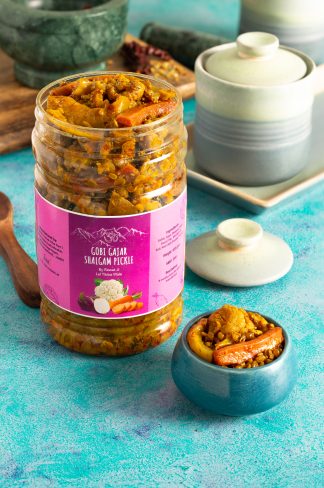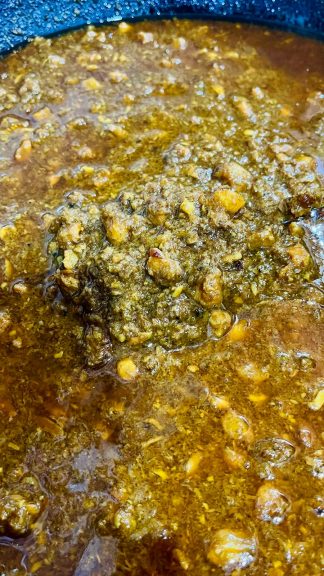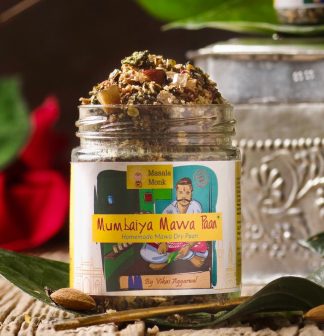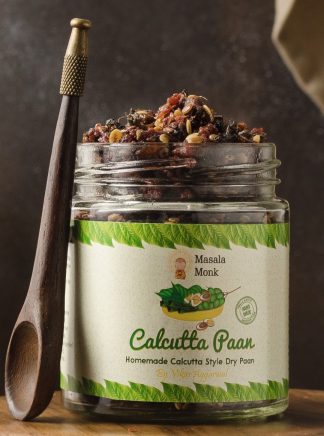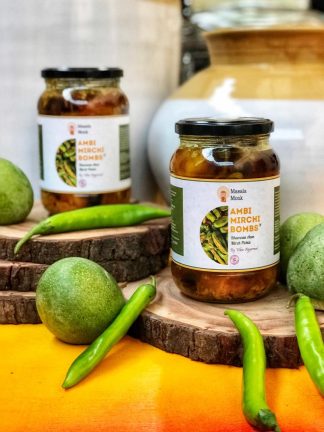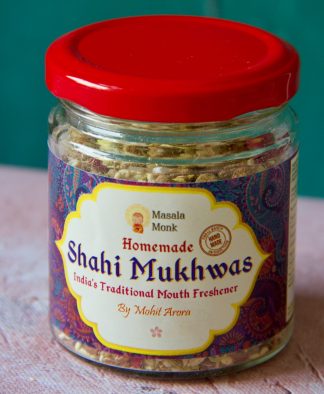
Turmeric and ginger, two spices celebrated not only for their culinary contributions but also for their significant health benefits, have garnered attention for their potential to aid weight loss. These spices, rich in nutrients and bioactive compounds, offer a natural and effective way to support weight loss efforts. This article delves into the science behind how turmeric and ginger can be your allies in achieving a healthier body.
Turmeric: Igniting Fat Burning and Boosting Metabolism
Turmeric, known for its vibrant golden color, owes its health benefits to curcumin, a bioactive compound with potent anti-inflammatory and antioxidant properties. Curcumin’s role in weight loss is multifaceted:
- Activates Brown Fat: Turmeric increases the activity of brown adipose tissue, which plays a key role in burning calories and improving metabolism.
- Anti-inflammatory Benefits: By reducing inflammation, a common barrier to weight loss, turmeric supports a healthier metabolic rate and weight management.
Adding turmeric to your diet can be as simple as incorporating it into your meals or enjoying it in beverages like golden milk, ensuring you pair it with black pepper to enhance curcumin absorption.
Ginger: Suppressing Appetite and Boosting Digestion
Ginger, with its distinctive spicy flavor, has been a cornerstone in traditional medicine for its digestive and anti-inflammatory benefits. In the context of weight loss, ginger offers several advantages:
- Appetite Control: Ginger is believed to help control hunger, which can reduce calorie intake and support weight loss efforts.
- Digestive Aid: By promoting efficient digestion and metabolism, ginger can contribute to a smoother weight loss journey.
Incorporating ginger into your diet can range from adding fresh ginger to your cooking, enjoying ginger tea, or even blending it into smoothies.
Lemon: A Citrus Boost for Weight Loss
Although not the primary focus, lemon complements turmeric and ginger exceptionally well in weight loss endeavors. Rich in vitamin C and antioxidants, lemon aids in detoxification and can enhance the weight loss benefits of turmeric and ginger when combined in beverages.
Synergizing for Success: Turmeric, Ginger, and Lemon
The combination of turmeric, ginger, and lemon not only creates a deliciously potent beverage but also amplifies the weight loss benefits of each component. This trio works together to:
- Enhance Metabolism: Together, they create a synergistic effect that boosts metabolic rate more effectively than when used individually.
- Support Digestive Health: The combination aids in improving digestion and nutrient absorption, contributing to weight loss.
Conclusion: Embracing Spices for Weight Loss
Turmeric and ginger are more than just flavor enhancers; they are powerful tools in your weight loss arsenal. By incorporating these spices into your daily routine, you unlock their potential to support your journey towards a healthier body. Whether used in cooking, as part of your beverage routine, or even in supplement form, turmeric and ginger can make a significant difference in your weight loss efforts, naturally and deliciously.
Embrace the power of these ancient spices and let them guide you to a healthier, more vibrant you.






